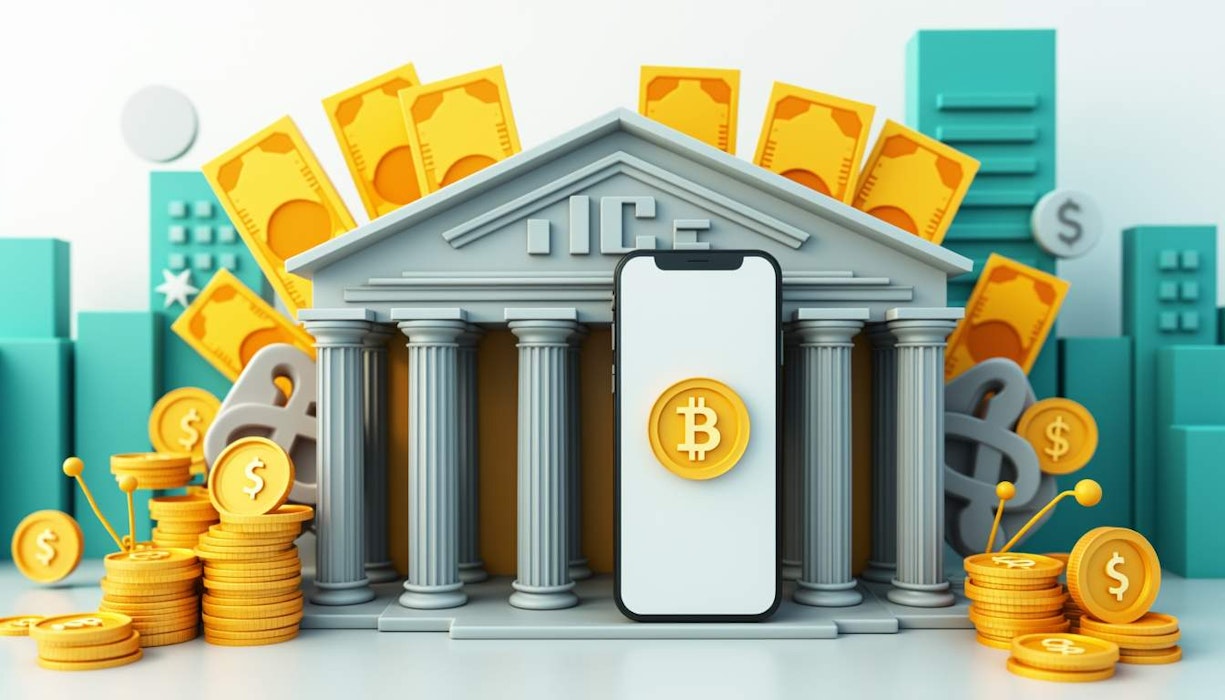Stablecoins are back in the spotlight, and guess what? Traditional banks are jumping into the mix. With Tether's reign facing scrutiny, banks see a chance to create a stablecoin that is more regulated and transparent. This post takes a look at how banks are navigating the stablecoin landscape, the regulatory hurdles they’ve got to deal with, and what this could mean for the banking world.
What Are Stablecoins and Why Do Banks Care?
Stablecoins are basically digital currencies tied to stable assets like the dollar to keep them from going wild in value. They’re already a big deal in the crypto world, making transactions smoother and connecting traditional finance to digital assets. So, it makes sense that banks are paying attention and wanting to offer their own alternatives that can be trusted more.
Stablecoins Are Gaining Serious Traction
Over the past year or so, stablecoins have exploded in popularity, mainly because they offer some stability in this volatile crypto market. They’re used for everything from trading to lending to facilitating cross-border payments. Tether, USD Coin, and Binance USD have been the big players, but Tether’s transparency issues are opening the door for banks to step in.
Banks Are Getting In On The Action
Societe Generale-Forge (SG-Forge)
First up, we’ve got Societe Generale-Forge, which has launched a Euro-backed stablecoin, EURCV, with the aim of reaching retail investors. This is just one way they’re trying to grab a slice of the growing stablecoin pie.
Other Banks Joining The Fray
Other banks like Oddo BHF, BBVA, and Revolut are also looking to put their own euro-pegged stablecoins out there. And AllUnity is planning to release another euro-based stablecoin next year. Thanks to the Market in Crypto-Assets (MiCA) regulations in the EU, there’s a clear way to do this.
Visa’s Tokenization Network
Visa isn’t sitting on the sidelines either. They’ve launched a tokenization network to make it easier for these coins to be issued. BBVA is among the banks piloting the technology, and they’re chatting with banks in Singapore, Brazil, and Hong Kong. Standard Chartered is even teaming up with Animoca Brands Ltd. and Hong Kong Telecommunications Ltd. to launch HKD-pegged stablecoins.
JPMorgan Chase and Deposit Tokens
And let’s not forget JPMorgan Chase, which is testing deposit tokens. These are kind of like stablecoins but are tied to bank accounts, and they could use blockchain tech to help fix some of the issues in traditional banking.
Regulatory Challenges and Opportunities
MiCA Regulations
The MiCA regulations in the EU are making it easier for banks to enter the stablecoin space. But Tether’s struggle to meet these standards also shows that there are some serious regulatory challenges.
US Situation
In the US, things are a bit slower because there isn’t proper legislation for stablecoin issuance yet. But once that changes, expect a flood of stablecoin offerings from US banks.
European Central Bank Analysis
An analysis by the European Central Bank is raising flags about converting retail deposits into stablecoin reserves. It could weaken liquidity coverage ratios and limit banks' ability to handle short-term obligations during tough times. US regulators also need to clarify what reserves are okay and if deposits will be insured to avoid panic.
What This All Means For Traditional Banking
Financial Stability Risks
Stablecoins bring real risks to financial stability through several channels. If a major stablecoin fails, it could mess with trading and price discovery in crypto markets, and even spill over into the traditional financial system.
Confidence Runs
The mechanisms that stabilize these coins can lead to confidence runs, just like traditional banking. If people lose faith in a stablecoin issuer’s ability to honor redemption requests, a run could happen, which could affect both crypto and traditional finance.
Leverage and Liquidity Mismatch
Stablecoins could also facilitate leverage buildup and liquidity mismatches in decentralized finance (DeFi), which could worsen financial stability risks. These mismatches could lead to sudden liquidity shortages, impacting everyone from crypto projects to regular banks.
Interconnectedness with Traditional Finance
As stablecoins get closer to traditional finance, the risks grow. If they become a payment method and store of value, and if they’re not backed by high-quality reserves, they could create several risks.
Market Integrity and Investor Protection
Using stablecoins for digital asset trading and DeFi raises market integrity and investor protection issues, including fraud, misconduct, market manipulation, and a lack of transparency.
Payment System Risks
If stablecoins are widely used for payments, they could disrupt the payment chain, affecting payment efficiency and safety. If issuers fail to honor redemption requests or confidence is lost, it could cause chaos in the payment system.
Summary
Stablecoins are changing the game in finance, offering speed and cost efficiency. Traditional banks are getting in on the action, but they face significant hurdles in terms of regulation and stability. The rise of stablecoins is likely to have an impact on Central Bank Digital Currencies, highlighting both the competitive and complementary aspects. As the landscape evolves, solid regulatory frameworks will be essential to ensure that stablecoins are stable and trustworthy.
